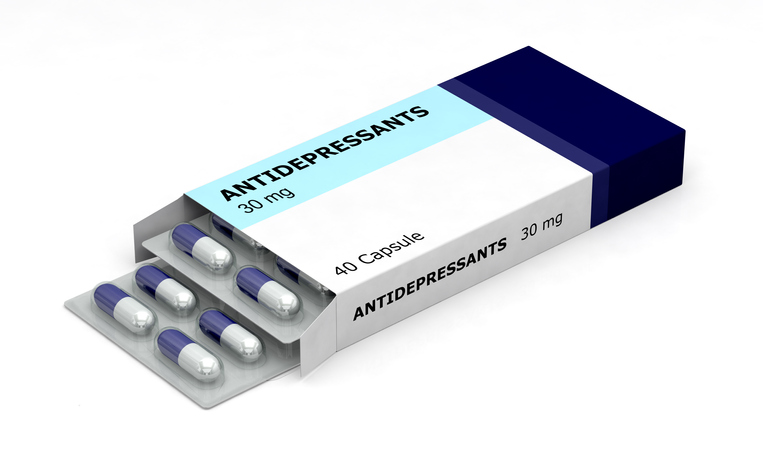Treatments
What Is Emotional Awareness and Expression Therapy?

Emotional well-being is inherently connected to the experience of pain. Chronic pain is not just a physical experience; it can also have significant emotional and psychological impacts, such as anxiety, depression, anger, and post-traumatic stress disorder (PTSD). Psychological treatment for emotional conflicts and unresolved trauma is a beneficial component of chronic pain management.
Emotional awareness and expression therapy (EAET) is a type of psychological treatment that addresses the emotional aspects that often accompany chronic pain. Emotional awareness involves identifying how emotions influence the perception of pain and overall well-being. Expression therapy involves communicating and processing these emotions, which can alleviate the psychological burden of chronic pain and improve coping strategies. The ultimate goal of EAET is to enhance emotional resilience, which can, in turn, positively affect the experience of pain and improve quality of life.
EAET involves four key components, including the following:
- Education about the impact of stress and emotions on pain
This initial phase involves education on how stress and emotions can affect physical pain. Research shows that chronic stress and unresolved emotional issues can exacerbate pain conditions, making pain more persistent and intense. Awareness of how emotional states influence pain helps individuals recognize the potential for change. - Discussing traumatic or stressful events
The second component of EAET encourages the discussion of past traumatic or stressful experiences. Sharing these experiences can help with processing them, which is an integral step in reducing the emotional burden that may be contributing to pain. Open dialogue also creates an opportunity to reflect on how traumatic events shape emotional and physical well-being. - Expressing emotions
Effective expression of emotions is a crucial component of EAET. Expression may involve discussing feelings, journaling, or engaging in creative outlets that allow individuals to articulate their emotional experiences. Giving a voice to emotions helps to release pent-up feelings that may be contributing to pain. This process helps reduce emotional distress and fosters a sense of relief and clarity. - Learning practical communication skills
Developing practical communication skills, such as assertive communication, boundary setting, and openness, empowers individuals to interact more effectively with others and manage interpersonal conflicts in a constructive manner. Improved communication can lead to better relationships and reduced stress, which, in turn, can reduce pain levels and enhance overall well-being.
EAET vs. CBT
Cognitive behavioral therapy (CBT) is often considered the “gold standard” psychological treatment for chronic pain; however, the improvements it provides can be relatively modest. It may not address underlying issues, especially if emotional or trauma-related components are involved. EAET is a trauma-informed approach that combines elements from various therapeutic methods. It aims to address emotional conflicts and trauma that might be exacerbating chronic pain.
Both CBT and EAET have specific strengths, and choosing between them should be guided by specific circumstances, including individual emotional history and the specific nature of pain. Studies suggest that EAET may offer superior results compared to CBT for conditions like fibromyalgia, particularly if a history of trauma or unresolved emotional conflicts are involved. The emphasis on emotional expression can be particularly beneficial in addressing the emotional components of pain.
Additional sources: Psychology Today, University of Michigan Pain Guide, and Oxford Academic Pain Medicine Journal



















